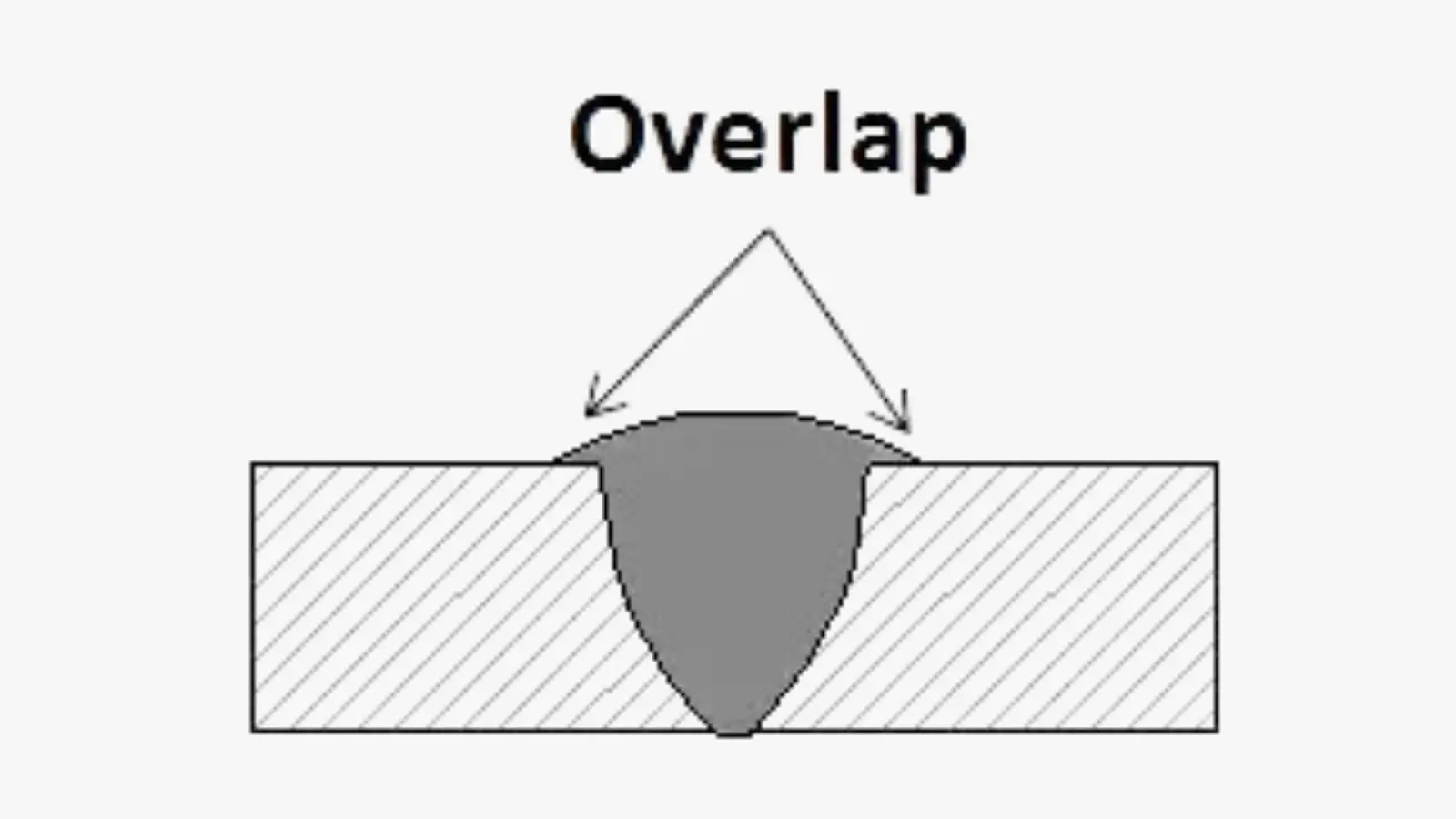Preventing Weld Undercut Made Easy: Key Techniques Unveiled
Preventing Weld Undercut Made Easy: Key Techniques Unveiled
Blog Article
Essential Tips for Welders: Avoiding Undercut Welding and Ensuring Stronger Weld Joints
In the world of welding, accomplishing resilient and strong weld joints is the keystone of generating top notch work. One common challenge that welders often run into is undercut welding, which can endanger the stability of the weld joint.

Comprehending Undercut Welding
Undercut welding is a common welding flaw that occurs when the weld steel fails to appropriately fill the groove and leads to a groove-like depression along the weld bead. This issue compromises the weld joint, making it at risk to splitting and failing under tension. Damaging can be brought on by different variables, including extreme welding existing, high welding speed, incorrect electrode angle, wrong electrode size, and bad welding strategy.
One of the primary factors for undercut welding is an imbalance between the welding existing and the welding rate. If the welding current is expensive or the welding speed is as well quickly, the weld metal may not effectively fill the groove, resulting in damaging. In addition, making use of an electrode that is too large can lead to a comparable end result, as the excess steel can not appropriately stream into the groove.
To stop undercut welding, welders ought to ensure they are making use of the proper welding specifications, keep a suitable electrode angle, choose the suitable electrode size, and method appropriate welding strategies. By resolving these factors, welders can minimize the risk of undercutting and create stronger, more reputable weld joints.
Appropriate Welding Method
Efficient welding technique plays an essential duty in making sure the high quality and integrity of weld joints. One basic element of proper welding strategy is preserving the correct angle and range between the welding gun and the work surface.
Additionally, a stable and regular hand motion is essential for developing strong and sturdy weld joints. Welders must aim for smooth, consistent movements to make certain also distribution of the weld product. Appropriate adjustment of the welding gun and filler product is likewise vital to accomplishing optimal infiltration and fusion.
Moreover, controlling the warmth input and choosing the appropriate welding specifications based upon the material being bonded are crucial variables in accomplishing top quality welds - Preventing weld undercut. Welders need to comply with the recommended settings supplied by welding procedure requirements and readjust them as required based upon the particular demands of the project. By grasping correct welding techniques, welders can substantially boost the strength and dependability of their weld joints
Picking the Right Electrode
When thinking about the value of picking the appropriate electrode in welding applications,Maintaining the appropriate angle and distance between the welding gun and the workpiece is essential. The option of electrode plays a crucial role in identifying the visit this site right here high quality and toughness of the weld joint. Electrodes can be found in numerous kinds, each designed for specific objectives and products.
To start with, picking the ideal electrode size is essential. Thinner electrodes are suitable great site for welding thin products, while thicker electrodes are much better for thicker products and greater warm applications. Matching the electrode diameter to the thickness of the workpiece helps achieve a well balanced weld.
Secondly, understanding the material composition of the electrode is vital. Different electrodes are designed for welding certain materials like steel, stainless-steel, light weight aluminum, or cast iron. Utilizing the correct electrode product ensures great combination and reduces the risk of defects in the weld.
Lastly, considering the welding placement and strategy is vital when selecting the electrode type. Particular electrodes are much better fit for vertical or overhanging welding positions, while others function well for flat or horizontal placements. Choosing the best electrode based upon the welding method enhances the total weld top quality and stability.
Preparing the Base Steel
To make sure a successful welding process, what first actions should be taken when preparing the base metal for welding? Furthermore, any kind of existing weld material or deposit from previous welding need to be removed to make sure a tidy surface for the new weld.

Carrying Out Post-Weld Assessments

After conducting these assessments, welders must compare the outcomes versus market requirements and project requirements to ensure that the weld joint fulfills all essential standards. Any type of inadequacies or deviations uncovered throughout the post-weld evaluation should be promptly resolved with suitable corrective measures to assure the weld's stability. By vigilantly performing post-weld examinations and immediately dealing with any concerns, welders can maintain the quality and integrity of their job, ultimately contributing to the safety and security and durability of the bonded structures.
Conclusion

To conclude, preventing undercut welding and making certain stronger weld joints call for a combination of correct welding method, picking the best electrode, preparing the base steel correctly, and performing post-weld evaluations. By recognizing the root causes of undercut welding and applying the required preventative measures, welders can produce high-grade weld joints that satisfy sector standards and make sure the architectural stability of the bonded parts.
Undercut welding is a typical welding issue that occurs when the weld metal falls short to properly fill up the groove and results in a groove-like clinical depression along the weld bead (Preventing weld undercut). Undercutting can be triggered by numerous factors, including extreme welding existing, high welding rate, improper electrode angle, inaccurate electrode dimension, and inadequate welding technique
One of the primary factors for undercut welding is an inequality between the welding current and the welding speed. If the welding current is as well high or the welding rate is also fast, the weld metal might not adequately fill the groove, leading to undercutting.Preserving the proper angle and range in between the welding gun and the workpiece is essential when thinking about the value of picking the appropriate electrode in welding applications.
Report this page